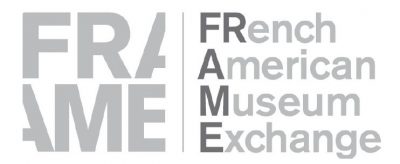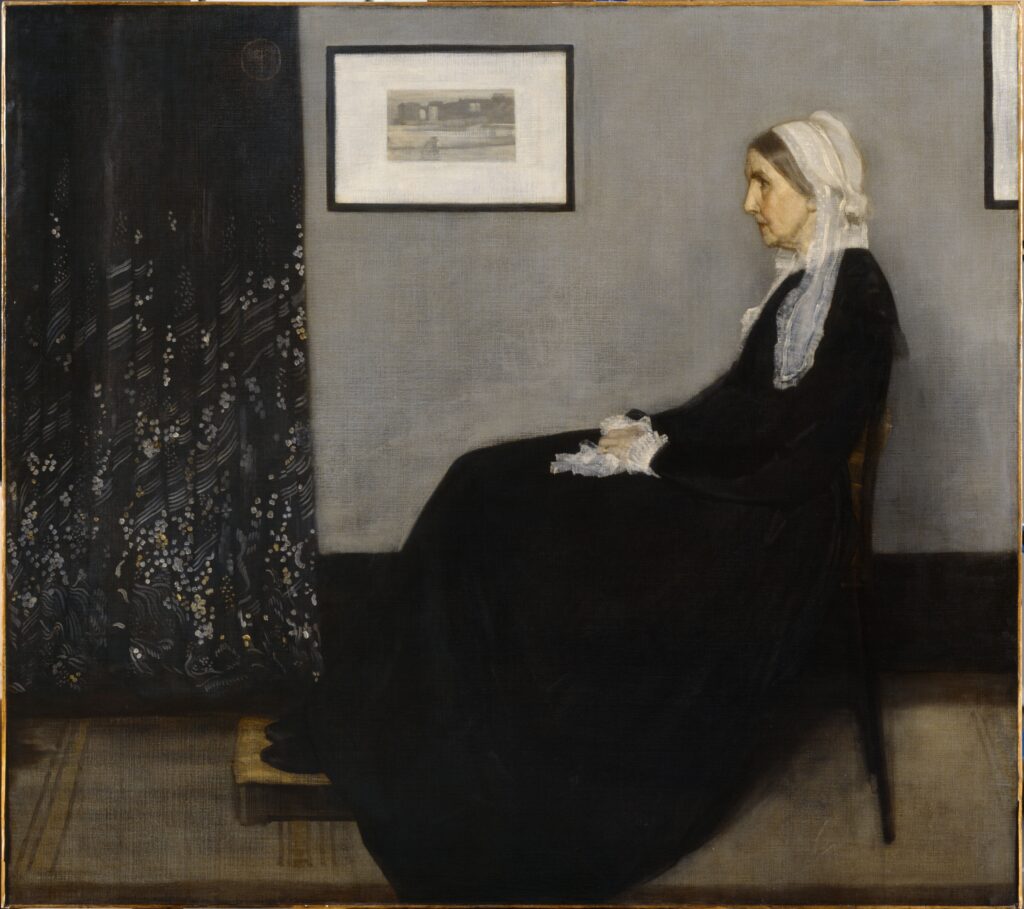FRAME is delighted to support Whistler, the Butterfly Effect, on view at the Musée des Beaux-Arts de Rouen, May 24 – September 22, 2024.
The exhibition explores a major phenomenon of the second half of the 19th century and the first third of the 20th century : “Whistlerism.” This artistic movement, derived from the artist John Abbott McNeill Whistler (1834-1903), emphasizes the use of harmonious color schemes, subtle tonal variations, and an overall aesthetic focus on beauty and mood, rather than strict realism.
Thanks in part to the support of FRAME, new research findings on Whistler and his significant influence are now available in the exhibition catalogue, which also includes an essay on Whistler and Rothko by Simon Kelly, Curator of Modern and Contemporary Art at the Saint Louis Art Museum.
Whistlerism’s influence is evident in the proliferation of nocturnal landscapes and portraits across Europe and the United States, blending elements of Impressionism and Symbolism. Whistler was fundamentally the greatest exponent of a total art form, so prized at the time by the cosmopolitan artistic elite, combining poetry, music and lifestyle. In this masterful exhibition, dandyism, Japonism, Anglomania and a fascination with the Spanish Golden Age and Venice are just some of the key stops on a sensory journey that visitors of all types are invited to experience.
An experiential exhibition, Whistler, The Butterfly Effect includes a series of salons where visitors can engage their senses by listening to music, inhaling perfumes, and engaging with the surroundings. Whistler’s artworks depict seashores and views of the Grand Canal or the Thames with delicate shades of gray, green, and blue, capturing fleeting moments and distant echoes of urban life. His portraits, night landscapes, and daytime views showcase his exceptional skill in using subtle undertones. The exhibition aims to democratize Whistler’s aesthetic by employing various sensory experiences to engage one’s senses for maximum immersion.


